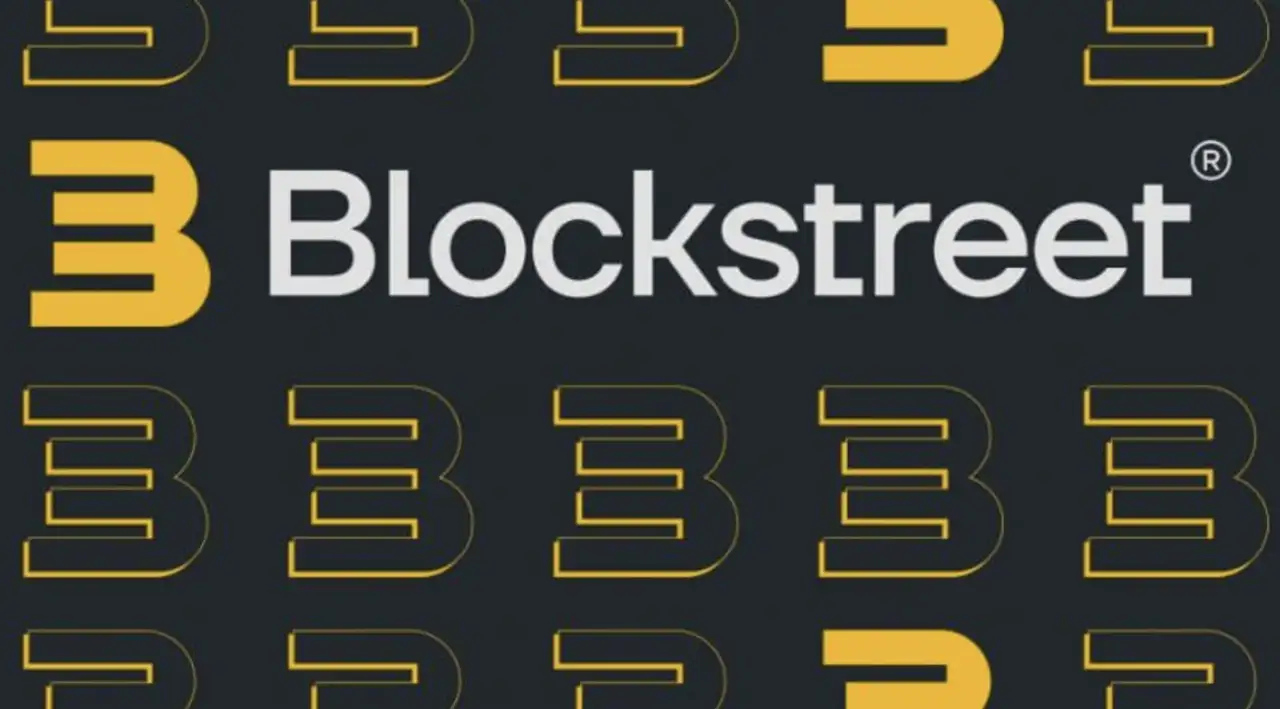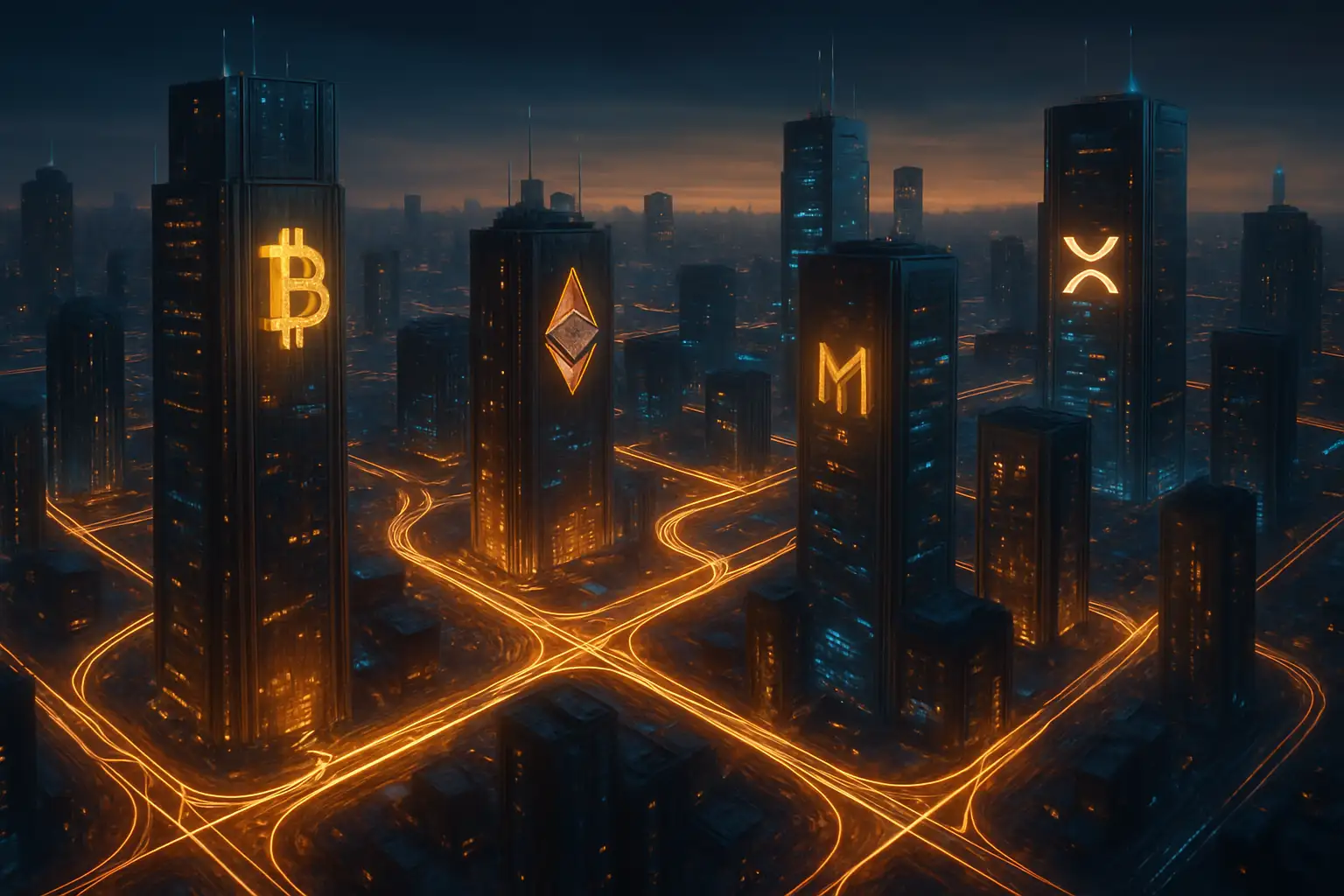
Introduction
The issue of blockchain scalability has been a topic of discussion since the emergence of blockchain technology. This is because developers have countless times failed to solve the problem of the blockchain trilemma.
For industry veterans and web3 specialists, this topic should be old news, however, we can not deny the consistent engagement of industry freshers. Therefore, I briefly explained the meaning of the blockchain trilemma and further discussed 4 major layer 2 blockchain scaling solutions gaining traction and encouraging adoption in 2025.
Blockchain Trilemma
For seamless operation and optimal user experience, three core goals are desired to be simultaneously achieved in the blockchain system. These desired goals are decentralization, security and scalability, which are equally understood to function interdependently. However, this desire has proved difficult to accomplish given that the proper performance of one goal comes at the cost of the other.
In other words, for security and decentralization to be achieved, there will have to be difficulties in scalability. This situation brought about the issue of the Blockchain trilemma.
Amidst this challenge, developers over the years have come up with a solution to the issue of scalability which is generally known as Layer 2 scaling solutions.
To further explain, the term scalability refers to the ability of blockchain to handle a growing number of transactions efficiently, without sacrificing performance or security. However, due to the blockchain trilemma, blockchains such as Bitcoin, Ethereum etc. with innumerable users, experience scalability issues where transactions are processed with limited speed.
To illustrate, Bitcoin Blockchain can only process 3 to 7 transactions in a second with high transaction fees, and Ethereum Blockchain can only process 10 to 30 transactions in a second. This is poor, compared to platforms such as Visa network that can process over 24,000 transactions per second.
Presently, the issue of scalability has been improved by the creation of various Layer 2 Solutions which we discussed a few major examples in this article today.
Layer 2 scaling solutions 2025
In simple terms, layer 2 scaling solutions are technologies built on a primary blockchain also known as the layer 1 blockchain. It is aimed to improve its scalability, efficiency and performance. This is achieved without affecting security and decentralization.
They rely on the base blockchain security and decentralization while reducing transaction fees for users. This is achieved through offloading computational work and transaction processing to secondary networks, known as layer 2 solutions.
In essence, developers have come up with an exciting solution to the blockchain trilemma through the creation of a layer 2 solution which processes a large number of transactions taken from the primary blockchain to an off-chain.
From records over the years, transactions have increased by 12 times compared to what was obtainable before the creation of layer 2 solutions.
Let’s discuss various types of layer2 scaling solutions and the major primary blockchains that they support.

5 Major types Layer 2 scaling solutions 2025
There are many layers 2 scaling solutions aiding the functionality of most blockchains. However, most of them are identified as making waves and extending their dominance over the years. A few of these categories are discussed in this article.
State Channels
This is an off-chain technology attached to the base blockchain that allows users to transact and participate on the blockchain. It improves the base blockchain efficiency.Its functionality is not complex and certain transactions are performed on it with the final results submitted to the base blockchain.It consists of the lightning network for the Bitcoin blockchain and the Raiden network for Ethereum.
It is necessary to explain how they work in order to understand how this layer2 solution functions. Two or more parties first lock their funds in a multi-signature smart contract on the base or layer 1 blockchain, after which the smart contract defines the rules for transactions to further enhance security.
Participants perform transactions through the successful exchange of cryptographic signatures instead of the usual general broadcast of transactions on the base chain.
This occurs without any charges or transaction fees because it is performed without the need for miners. The final transactions are subsequently submitted to the base blockchain to be recorded and form part of the chain. State channels have successfully increased the speed of processing transactions with little to no fees on blockchains such as Bitcoin and Ethereum.
State channels are however fraught with certain limitations which include the need for a participant to be involved in the channel to transact. Also, funds must be locked in a smart contract and this limits their use anywhere else.
Rollups
Rollups is another layer 2 scaling solution, designed to increase the speed in the transaction throughput on base blockchain networks, most especially Ethereum.
It also processes transactions off-chain while it leverages the security and decentralization of the base blockchain. The major benefits of rollups are; they increase transaction speed while reducing transaction congestion on the main chain, also they reduce gas fees while maintaining appropriate security.
Further explained are the modes at which rollups function to understand its importance and structure. Rollups bundle multiple transactions into a single batch, as it processes and submits such as a single transaction on the base chain.
There are various types of roll ups and they are as follows, optimistic rollups, ZK-roll ups etc. It is important to note that rollups are not without limitations. The major limitations are complexity with implementation, the need for wilder adoption to properly function and the issue of centralization risk.
Despite these, rollups have proven to be of great significance as they enable blockchains like Ethereum to process more transactions than they could have.
Plasma
Plasma is popularly or better identified as a child chain to Ethereum. It performs transactions independently “off-chain” and submits its cryptographic proof to the main chain also known as Ethereum.
There is solid connectivity between plasma and Ethereum, where users can easily transact on plasma and quickly fall back to Ethereum. Even though plasma has helped to solve scalability issues, it experiences complex withdrawal challenges where one would have difficulties exiting due to challenges with fraud.
Regardless, plasma has proven to be properly utilized and has gone further to solve the scalability issues in the Ethereum mainchain.

Sidechain
Sidechains are independent blockchains that run alongside main blockchains such as Ethereum and Bitcoin. In other words, the sidechain operates separately with its consensus mechanism. However, it is connected to the main chain through a two-way bridge where data and access are easily allowed to flow between the two blockchains.
Sidechain, unlike chains like rollups, depends on its security mechanism rather than submitting transaction records back to Ethereum for publicity and verification.
Just like every other layer2 solution, the sidechain improves scalability, reduces transaction fees and encourages interoperability. However, sidechains have disadvantages such as weak security, centralization risk and potential for hacking. Examples of side chains are polygon pos chain, RSK (rootstock), liquid network, scale network etc.
From the article so far, one should have identified the common benefits of these layer 2 scaling solutions, however, in the next section, we would discuss their benefits in a broader form.
5 Benefits of layer 2 scaling solutions
1. Higher Transaction Throughput
Transaction Throughput refers to the number of transactions a blockchain can process per second. Therefore higher transaction throughput simply means that with layer 2 solutions, main blockchains like Ethereum and Bitcoin can handle more transactions in no time, improving its speed, productivity and efficiency.
This feature is important because before its creation, blockchain such as bitcoin could only handle 7 transactions per second and this led to network congestion.
2. Lower transaction fees
On the Ethereum mainchain, a single transfer could cost a user over $15, NFT minting could cost over $100 and DeFi swaps could cost over $100.
Layer 2 solutions successfully reduce transaction fees by bundling, compressing and moving most transactions off-chain, where they can be quickly processed with lower transaction fees.
3. Faster Transaction
Due to its mode of operation, layer 2 solutions process transactions off the main chain and this enables quick confirmation timing where users can quickly see the results of their transactions.
4. Maintain Security and Decentralization
Most layer2 solutions leverage features of security and decentralization while they process transactions off-chain. This ensures that other basic features that make up a blockchain are properly utilized, where users can securely make transactions while maintaining a decentralized platform.
5. Improved user experience
Layer 2 solutions have proven to make transactions faster, user-friendly and cheaper for users. This results in the mass adoption of more users across different industries such as DeFi, NFT, gaming etc.
The benefits of layer 2 solutions make it more reliable because it has changed how people view and adopt blockchain technologies for their transactions and other activities.Yet, these layer2 solutions are not without challenges and it would be of great importance to look into 2 major challenges these layer2 solutions face.
Challenges of layer2 scaling solutions
It is necessary to note that there are more than 2 challenges faced by these layer2 solutions, however for the purpose of this article, we will mention only the two of them.
1. Liquidity & Fragmentation
Liquidity and fragmentation issues have to do with the problems associated with seamless interaction across different layer2 solutions. In essence, a user can not seamlessly navigate these blockchains and this in turn results in demerits such as an increase in complexities and decrease in the efficiency of DeFi applications.
2. Security & Centralized Concerns
Though layer 2 solutions increase the processing of transactions, they introduce security risks and centralized trade-offs. This is a result of their reliance on sequencers, bridges and off-chain data availability.
Future outlook of layer 2 scaling solutions.
Having solved the problems with scalability, not all problems have been successfully eliminated by these layer 2 solutions. However, the future of layer 2 scaling solutions is marked by increased interoperability, enhanced security, improved user experience, and widespread adoption across industries.
This simply means that there is technological potential to meet the growing demands of blockchain functionality. The future therefore suggests the integration of multiple layer 2 solutions into a unified, cross-chain ecosystem where all problems are solved and functionality is enhanced.

Conclusion
Developers and technicians consistently proffer solutions to the problems faced in most blockchains and this same quest led to the introduction of layer 2 scaling solutions. Over the years, their creation has proven to be of great benefit considering the problems with scalability before their creation.
Their functionality has introduced some challenges such as security risks, centralization concerns and a few others, however, we can not help but appreciate their creation due to the ease and the reduction in transaction fee proffered by their usage.
It suffices to note that these technicians and developers are not done yet, as they painstakingly work on better systems and options, where users can successfully transact without security risks and this welcomes them to better platforms and improved user engagement.
On-Chain Media articles are for educational purposes only. We strive to provide accurate and timely information. This information should not be construed as financial advice or an endorsement of any particular cryptocurrency, project, or service. The cryptocurrency market is highly volatile and unpredictable.Before making any investment decisions, you are strongly encouraged to conduct your own independent research and due diligence
Tags :

0 Comments
Show More

StableStock is solving one of the biggest frictions in tokenized equities—access and distribution.

Learn why Wallet-as-a-Service solutions offer superior speed, compliance, and cost savings compared to developing crypto wallets in-house.

The real edge comes from joining market maker programs — where fees drop to zero and every millisecond counts.
On-Chain Media is an independent, reader-funded crypto media platform. Kindly consider supporting us with a donation.
bc1qp0a8vw82cs508agere759ant6xqhcfgcjpyghk
0x18d7C63AAD2679CFb0cfE1d104B7f6Ed00A3A050
CBaXXVX7bdAouqg3PciE4HjUXAhsrnFBHQ2dLcNz5hrM
Contains the last 12 releases